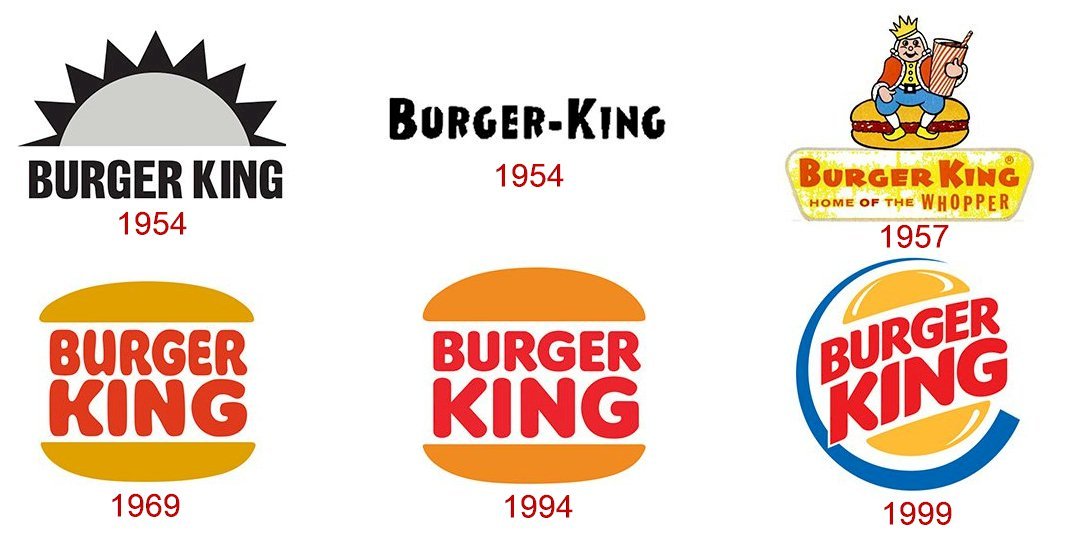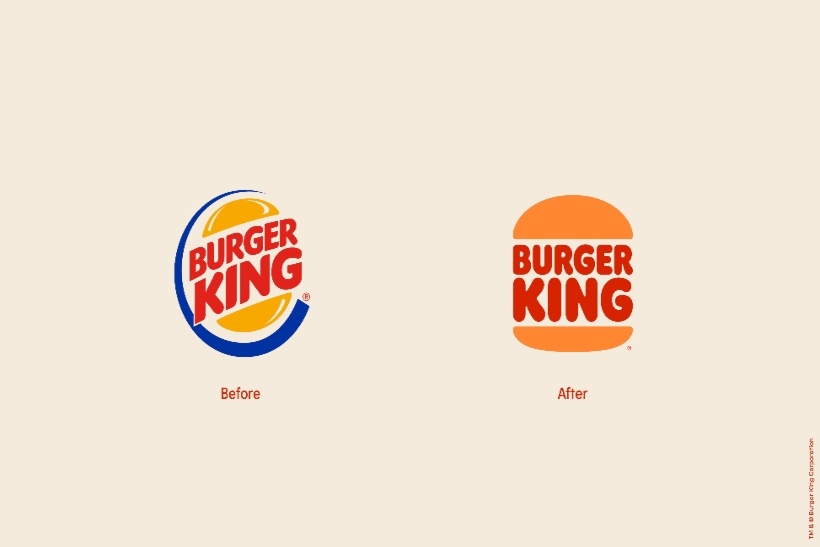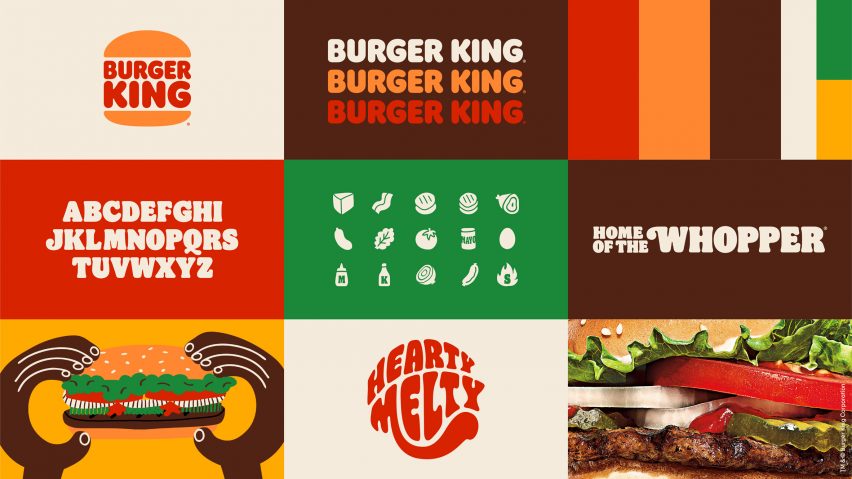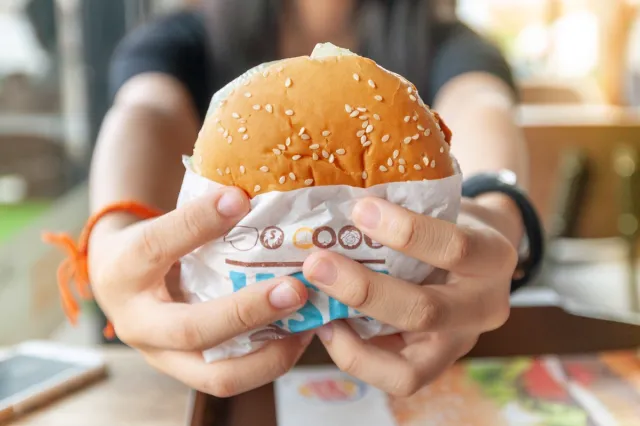How Burger King Is Revamping Its Marketing With $400M
Think of your favorite brands and commercials, what industry do they belong to? The best advertisements and branding campaigns have always come out from the food and beverage industry, especially the fast food chains. The incredibly fast-paced nature of this business and the close price points make branding and advertising gain paramount significance for profits.

Some of the biggest names in this industry include Wendy’s, McDonald’s, KFC, Burger King, Subway, Pizza Hut, Dunkin’, and so on. Most of them are perpetually involved in some sort of an online feud to garner attention from their audience.
These tactics sometimes work, and sometimes don’t as Burger King has been realizing for the past couple of years.
Post the COVID-19 pandemic, the F&B industry (food and beverage industry) took a giant hit and suffered record losses. But Burger King seemed to have taken a larger hit than any of its counterparts. Their continuing losses and decreasing brand value has made them rethink their growth strategies.
That is why Burger King has recently announced that the company will be making a $400 million investment to improve its branding experience and to elevate the brand’s perception in the market. This, they hope, will in turn have a substantial impact on footfalls, orders, and overall growth of the company.
Such a huge investment is almost unprecedented, so here is a breakdown of Burger King’s existing branding philosophy, recent rebranding efforts, and how the road ahead looks for them.
Burger King: History and Branding
It is easy to think that fast food is a recent invention because the industry has grown tremendously over the last couple of decades. But the reality is quite different. Take Mcdonald’s for example. The earliest history of McDonald’s is that the original restaurant began in 1940 and pioneered the Speedee Service system to produce their meals. That is the standard all fast food chains follow to date.
Burger King came a decade later into the game and was officially established as Insta-Burger King in 1953. The name came about due to a piece of equipment they used known as the Insta-broiler that was quite effective in making burgers.
The fast food brand slowly started giving out franchisees and phased out the usage of the Insta-broiler. They expanded to 40 franchisees in the USA until James McLamore and David R. Edgerton brought the rights to the organization and renamed it the “Burger King of Miami”.
Today, the company is called Burger King corporation and has expanded all over the world using a similar franchisee model.
Burger King’s Branding
As we can understand from the brief history itself that the Burger King has had a very rocky branding start. The many name changes and operative model changes definitely had an impact on the branding as well.
In terms of the brand’s visual identity, the color, logo, and overall style have had an evolution too. What started off as a very minimalist black and white logo has had about 7 logo variations, with the recent one being in 2021. However, the Burger King brand has successfully stuck to a consistent aesthetic which is a major part of its current brand identity in the market.
Even though the brand has made many cosmetic and procedural changes over the years, the current rebranding effort is one of its biggest. So what makes Burger King take the plunge? Let’s take a look.
Why is Burger King looking at a rebrand?
We know that the COVID-19 pandemic was hard on the food and beverage industry, especially those in the fast food industry that had to be closed for a long period of time. But many of the players were struggling even before this happened. In 2019, Burger King stores rose less than 2%. Post the pandemic, the stores slowly recovered and saw a 5% increase in sales. But their direct competitor McDonald saw a jump of 14%.
All these numbers signal that there is something in trouble with the brand. And the company duly plans to take care of it.
In the $400 million investment, the company plans to allocate $250 million to upgrade stores in terms of branding and technology, while the rest of $150 million would go towards advertising efforts. The company has dubbed this to be the “Reclaim the Flame” campaign and plans to leave no stone unturned in gaining the top spot in burger fast food chains.
For Burger King, this means going back to the drawing board and understanding what their current target market wants from them. This includes but is not limited to going back to the vintage branding elements of flame grilling while also modernizing the brand to appeal to Gen Z and Millennials.
It is a hard rope to walk, but Burger King is determined to come out the other side triumphant.
And what Burger King is doing is a masterclass in rebranding which is one of the hardest things to do in brand building and marketing.
So let us take a look at the initiatives taken and announced by the company.
4 ways Burger King is revamping its branding and marketing with $400M
$150 million is the budget allotted to the company’s advertising efforts but the restaurant upgrades and refreshes also make up for a giant portion of branding. In this section, we break down all indirect and direct efforts taken by the company to change the tide in their favor.
Let’s get into it.
1. Restaurant branding refresh
For a fast food chain, every customer touchpoint is a branding element and when the time comes for a rebrand, the brand has to look into all of them. And that is why Burger King has assigned $250 million to upgrade their restaurants, they are also accounting for the branding changes including the logo, packaging design, staff uniforms, and so on.
For the logo, Burger King has already unveiled its new logo in 2021 and that has a subtle but powerful change from the previous logo.
From a logo that was more vintage than modern, the company has moved to a minimalist almost flat design logo to appeal to the Gen Z and Millennials. Also, the company feels that the new logo is a mark of the brand’s ongoing evolution. That only makes us excited to see what is in store.
Along with the logo, Burger King also revamped its packaging and staff uniforms.
The current color scheme and design are much more vivid and speak to a fun personality, and it is just what the brand needs.
Kimp Tip: When you venture into a rebrand, always start with the customer touchpoints as Burger King has shown us. Customer journeys begin with the first brand interaction and that does not have to necessarily be a purchase. Understand what your customers expect from you and deliver that on all fronts before diving in.
Want to understand how design varies with customers? Check our guide here or sign up for Kimp Graphics today!
2. The Whopper upgrade
Burger King was once a household name and a crowd favorite. Their signature dish “The Whopper” is where it all began. This product held the audience’s attention and love for many decades and made Burger King the top contender for all fast food chains.
But as it happens with all organizations, with evolution, the signature products take a backseat in a bid to capture newer markets and explore new territories. Burger King too seems to have lost the touch and forgotten to incorporate the Whopper in their expeditions. The company feels that this could be one of the reasons why the brand seems to be facing some setbacks.
To remedy this, the brand has decided that it would be making the Whopper one of its best products once again. The rebranding efforts currently include :
- Emphasizing on flame grilling and “Have it your way” elements that were part of Burger King’s brand identity
- Building on the multi-million dollar brand value of The Whopper
- Promoting The Whopper as one of the prime brand assets developed by Burger King
All in all, you can expect The Whopper to be front and center in all Burger King initiatives from now on.
Kimp Tip: Pushing a premium product that is already a crowd favorite to the forefront can be a brilliant move. But it has to be followed through. If you are planning to do this, we recommend using the product across all digital and print campaigns to build brand awareness from day one. We hope that Burger King will do that too.
Check our guide on promoting brand awareness here for more details.
3. Menu revamp
In addition to changing its brand’s visual identity and bringing The Whopper to the forefront, Burger King is also planning on revamping its menu. They have been eliminating low order volume offerings and understanding what products are currently popular with their customers.
Because of this, many menu items such as the Ch’king are now phased out and replaced with a new line of chicken sandwiches. Burger King aims to be a chicken-first destination to compete equally with KFC and this seems to be a step towards that.
This is an essential exercise and can help free up funds, resources, and time for the brand to actually work on products that can improve their sales and brand equity as well.
Also, Burger King’s European outlets have been seeing good results from their plant-based products, so the brand plans to build on that too.
Overall, you can see that Burger King is taking its rebranding responsibilities quite seriously and is not looking at it from a cosmetic standpoint alone.
With many new products coming in and older products phasing out, Burger King truly has the opportunity to change customer sentiment and capture new markets.
Kimp Tip: When you develop new products or discontinue existing products as part of your rebranding, ensure that it ties into the bigger picture. You can do so by defining the rebranding goals and understanding what you want the result to look like. Ensure that you also update your marketing collateral to reflect the changes as well.
4. New advertising policy
Burger King is not to shy away from a strong advertisement game. The company has been part of many stellar advertising campaigns against its competitors KFC, Wendy’s, or Mcdonald’s for that matter. In fact, Burger King was the most awarded advertising client in 2021 and had many stellar campaigns such as the “Moldy Whopper” or the “Whopper detour” to its name.
But out of its $400 million budget for the “Reclaim the Fame” campaign, the company has decided to allocate $150 million for advertising and digital investments.
The company feels that it can do better in making its products more accessible to its customers, improving the overall brand experience as well. According to Burger King’s new advertising policy, the company will focus on Gen Z, Millennials, and a more tech-savvy audience to win them over. Burger King also plans to publicize their upcoming initiatives in terms of product changes, menu changes, and so on via this budget.
To make their existing customers happy, Burger King is rolling out an extended loyalty program and equipping their drive-thru with digital ordering boards for a simplified experience.
Looks like Burger King is determined to provide maximum value to its customers and is modeling its advertising policy also on that.
Rebrand your business like the King with Kimp
Do you also want to rebrand your business? Wondering if a successful rebranding exercise is possible without $150 million? Of course, it is because the best things do not really cost a lot. If you have the right idea and know what you want, all you need is a team to back you up.
For most businesses, the biggest challenge in rebranding is ensuring consistency in marketing and advertising post the rebrand.
But with our unlimited graphic design and video design service, you can create multiple designs with no hidden costs at a flat monthly fee. Upgrade your brand after ample experimentation with Kimp.
Sign up to know more now!




